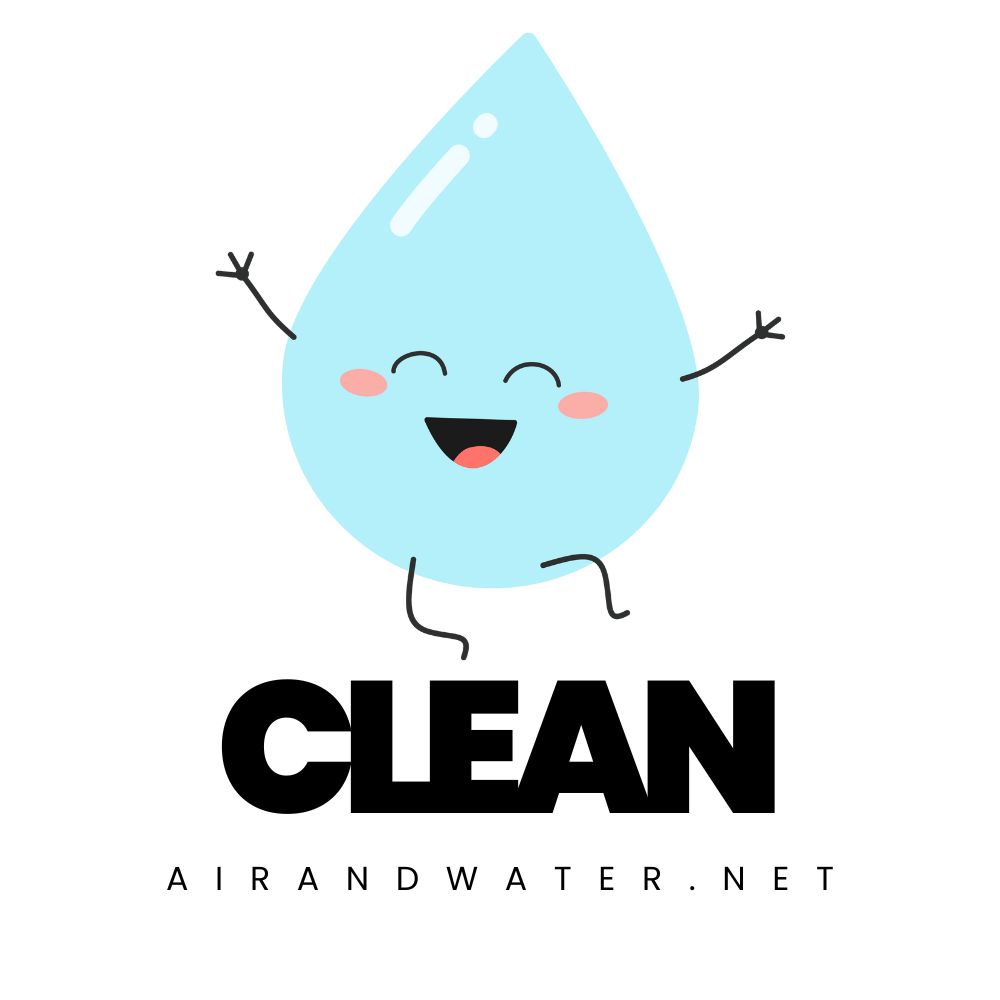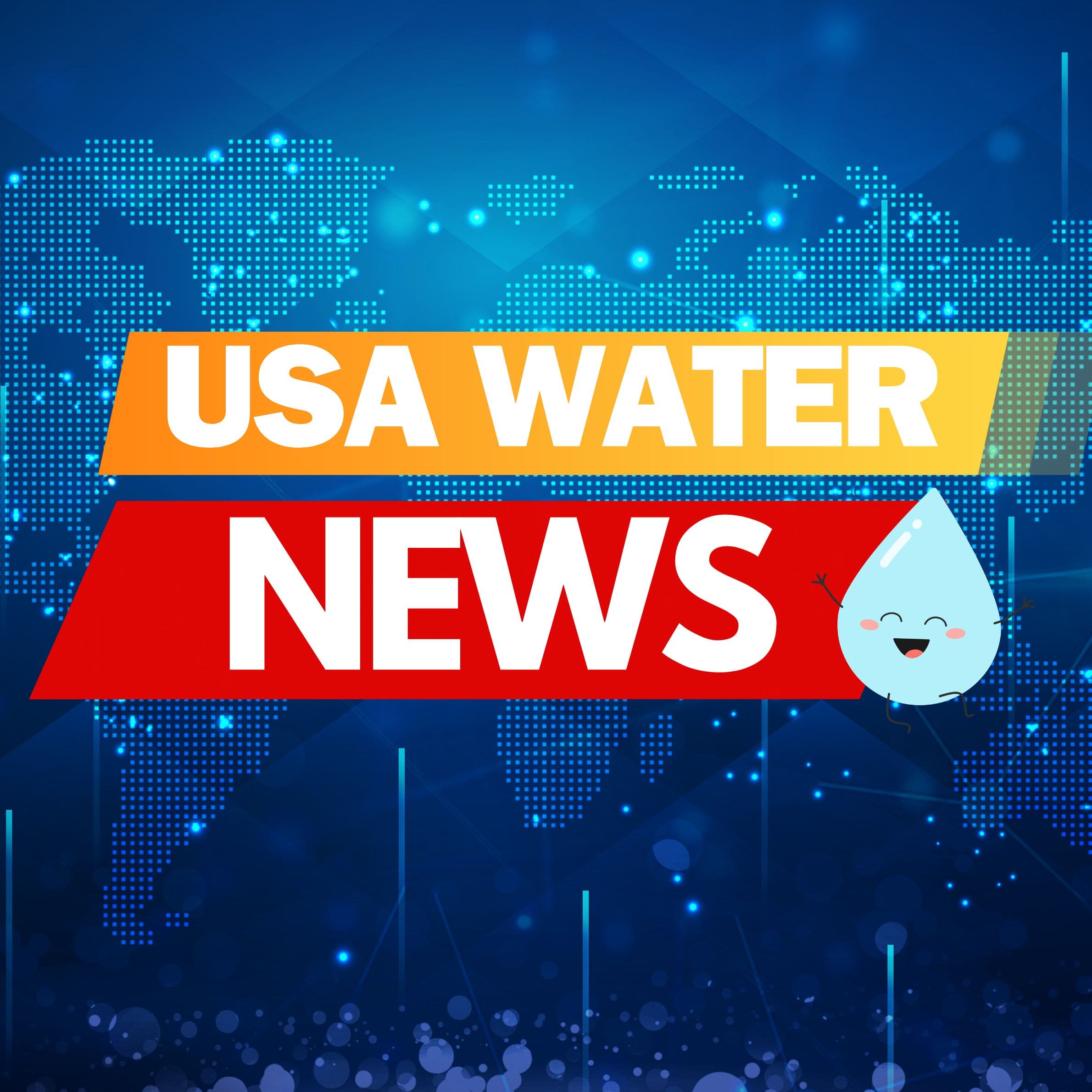New York City Water Quality at a Glance
aging infrastructure
Is New York City Water Safe to Drink?
Generally Safe, With Important Caveats – NYC water meets federal standards and comes from pristine upstate reservoirs, but contains 22 contaminants, 8 exceeding health guidelines. Key concerns include lead from aging pipes (10% of samples exceed 12 ppb), disinfection byproducts hundreds of times above health recommendations, and potential exposure for 1.7 million residents to lead service lines. The city’s “Gold Standard” reputation is undermined by infrastructure challenges.
⚠️ Key Concerns for NYC Residents
- Lead Service Lines: Up to 21% of residents may have lead service lines; highest residential detection reached 152 ppb; only 375 homes tested citywide
- Disinfection Byproducts: TTHMs average 56 ppb and HAA5 average 65 ppb – levels hundreds of times above EWG health recommendations
- Cancer-Causing Chemicals: Chromium-6, chloroform, bromodichloromethane, and haloacetic acids detected above health guidelines
- Infrastructure Age: Aging distribution system and pre-1986 plumbing in older buildings pose ongoing contamination risks
Read the full report below for detailed analysis, city-specific data, and actionable recommendations for New York City residents.
New York City – New York – Water Quality Report 2025: PFAS Testing, Infrastructure Concerns & Safety across your city
New York City manages one of the most extensive municipal water systems in the world, providing approximately 1 billion gallons of high-quality drinking water daily to over 9 million people. The system draws water from a network of 19 reservoirs and three controlled lakes spanning nearly 2,000 square miles in the Hudson Valley and Catskill Mountains.
NYC’s water supply is remarkable for operating largely unfiltered, with 92.7% of the city’s water coming from the Catskill/Delaware watershed that operates under a Filtration Avoidance Determination (FAD). This designation from the EPA acknowledges the exceptional quality of the source water and the city’s comprehensive watershed protection program. The remaining 7.3% comes from the Croton watershed, which undergoes filtration at a state-of-the-art plant completed in 2015.
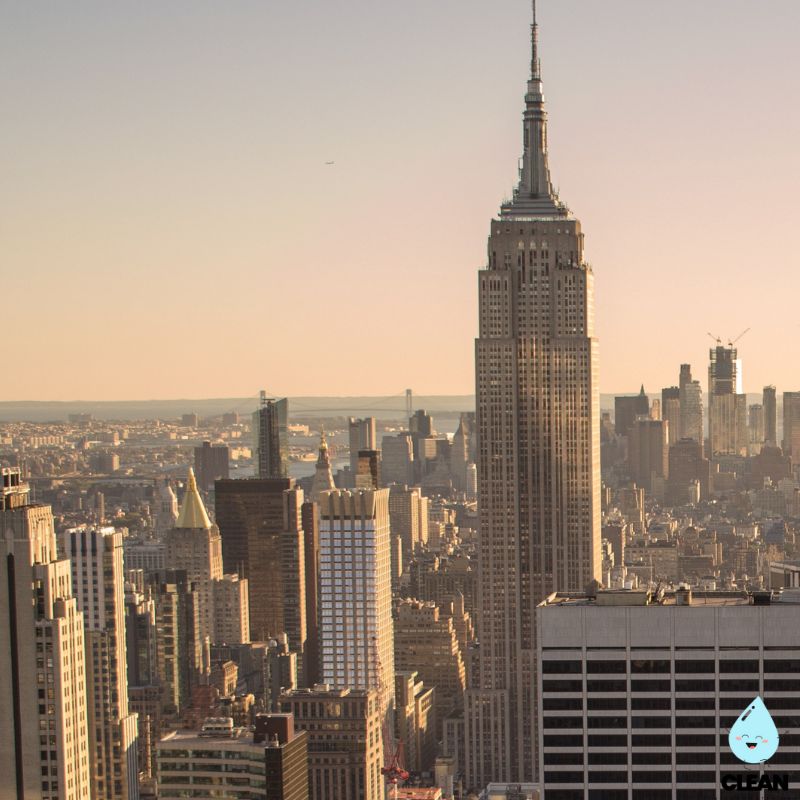
New York City Water Quality: Current Status (2024-2025)
Latest Testing Results
- Compliance Status: NYC’s water system meets or exceeds all federal and state water quality standards. For the latest quarter assessed by the EPA (April-June 2024), NYC’s tap water was in full compliance with health-based drinking water standards.
- PFAS Levels: New York City’s main water supply from the Catskill/Delaware system shows no detectable levels of PFAS at critical monitoring locations. However, the smaller Croton System has detected PFAS in 2021 and 2024, but at levels well below state and federal Maximum Contaminant Levels (MCLs). The city’s comprehensive watershed protection program continues to monitor for these “forever chemicals.”
- Lead Testing: The NYC water supply system does not contain lead service lines or lead mains. However, lead can leach from household plumbing in older buildings. In 2024, 16 out of 335 residential tap samples exceeded the lead action level of 15 µg/L. The city treats water with orthophosphate to create a protective coating inside pipes that prevents lead from leaching into water.
Water Sources and Treatment
- The Catskill/Delaware System: Provides approximately 92.7% of the city’s drinking water and consists of 19 reservoirs and 3 controlled lakes in the Catskill Mountains and Hudson Valley, located up to 125 miles north of NYC. This water undergoes disinfection with chlorine and ultraviolet light but is not filtered.
- The Croton System: Supplies the remaining 7.3% of NYC’s water and consists of 12 reservoirs and three controlled lakes in Westchester, Putnam, and Dutchess counties. This water passes through the Croton Water Filtration Plant, which uses advanced treatment technologies including coagulation, dissolved air flotation, and granular activated carbon filtration.
- Treatment Process: All NYC water is treated with chlorine to kill harmful bacteria, fluoride at 0.7 mg/L to help prevent tooth decay, orthophosphate for corrosion control, and sodium hydroxide to adjust pH. Water from the Catskill/Delaware system also receives UV disinfection at the world’s largest UV facility, capable of treating over 2 billion gallons per day.
Watershed Protection
- Land Acquisition Program: The city has invested more than $2.7 billion in source water protection programs since the early 1990s and continues spending about $100 million annually on watershed protection to maintain water quality and prevent contamination.
- Regulatory Oversight: NYC’s Filtration Avoidance Determination (FAD) requires strict monitoring and protection of the Catskill/Delaware watershed. The current FAD issued in 2017 with mid-term revisions in December 2022 extends through at least 2027.
- Source Investigations: The Department of Environmental Protection (DEP) is proactively investigating potential sources of PFAS in the watershed, despite current testing showing no detectable levels in the main system, to safeguard future water quality.
Infrastructure Projects
NYC is currently undertaking major infrastructure projects totaling over $3.2 billion. The primary project is the Delaware Aqueduct repair, which includes a 2.5-mile bypass tunnel being built 600 feet beneath the Hudson River near Newburgh. This project was temporarily paused in 2024 due to unprecedented drought conditions but is planned for completion by early 2026. Additional projects include the $1.2 billion Hillview Reservoir modernization and a new $2 billion water tunnel connecting Kensico Reservoir with the UV Treatment Facility.
Recommendations for NYC Residents
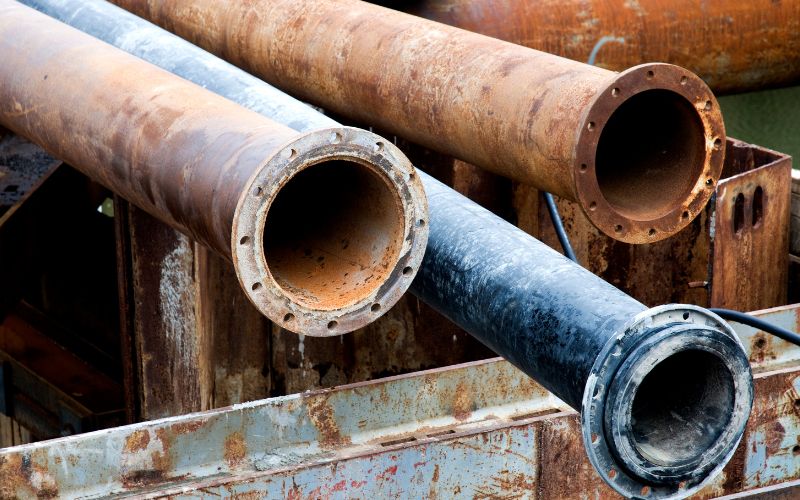
Check Your Building’s Plumbing
If you live in a building constructed before 1961, your property may have lead service lines. Buildings before 1987 may contain lead solder or fixtures. Consider having your water tested for lead, especially if you have young children or are pregnant. NYC offers a free Lead Service Line Replacement Program for eligible properties in environmental justice neighborhoods.
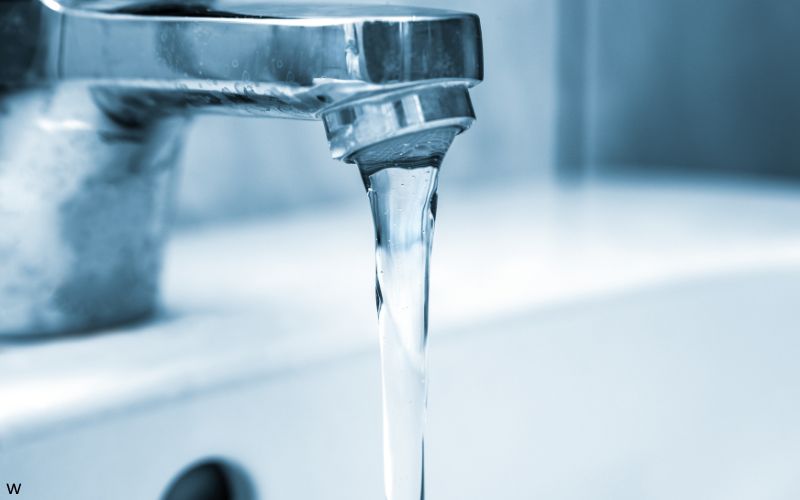
Flush Your Pipes
Run your tap for 30 seconds to 2 minutes before using water for drinking or cooking when your water has been sitting for several hours. This helps clear water that may have absorbed lead or other contaminants from plumbing and ensures you’re getting fresh water from the city’s mains.

Stay Informed
Read NYC’s annual Drinking Water Supply and Quality Report, available on the DEP website. In 2024, DEP performed over 396,850 analyses on more than 33,750 samples from the distribution system, ensuring comprehensive monitoring of water quality.
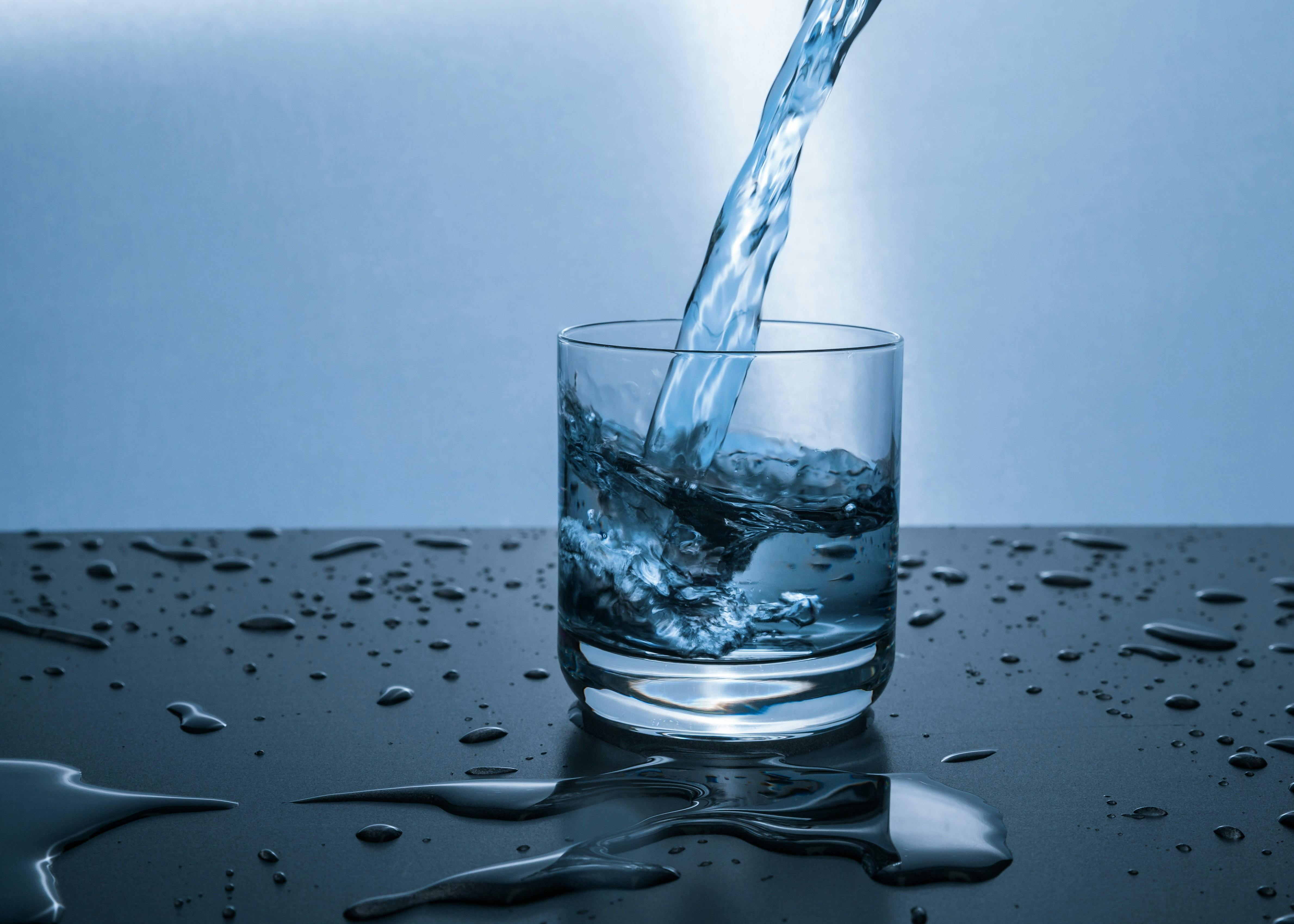
Use Cold Water for Consumption
Always use cold water for drinking, cooking, and preparing baby formula. Hot water is more likely to contain higher levels of lead and other metals from your plumbing system. Boiling water does not remove lead from water.
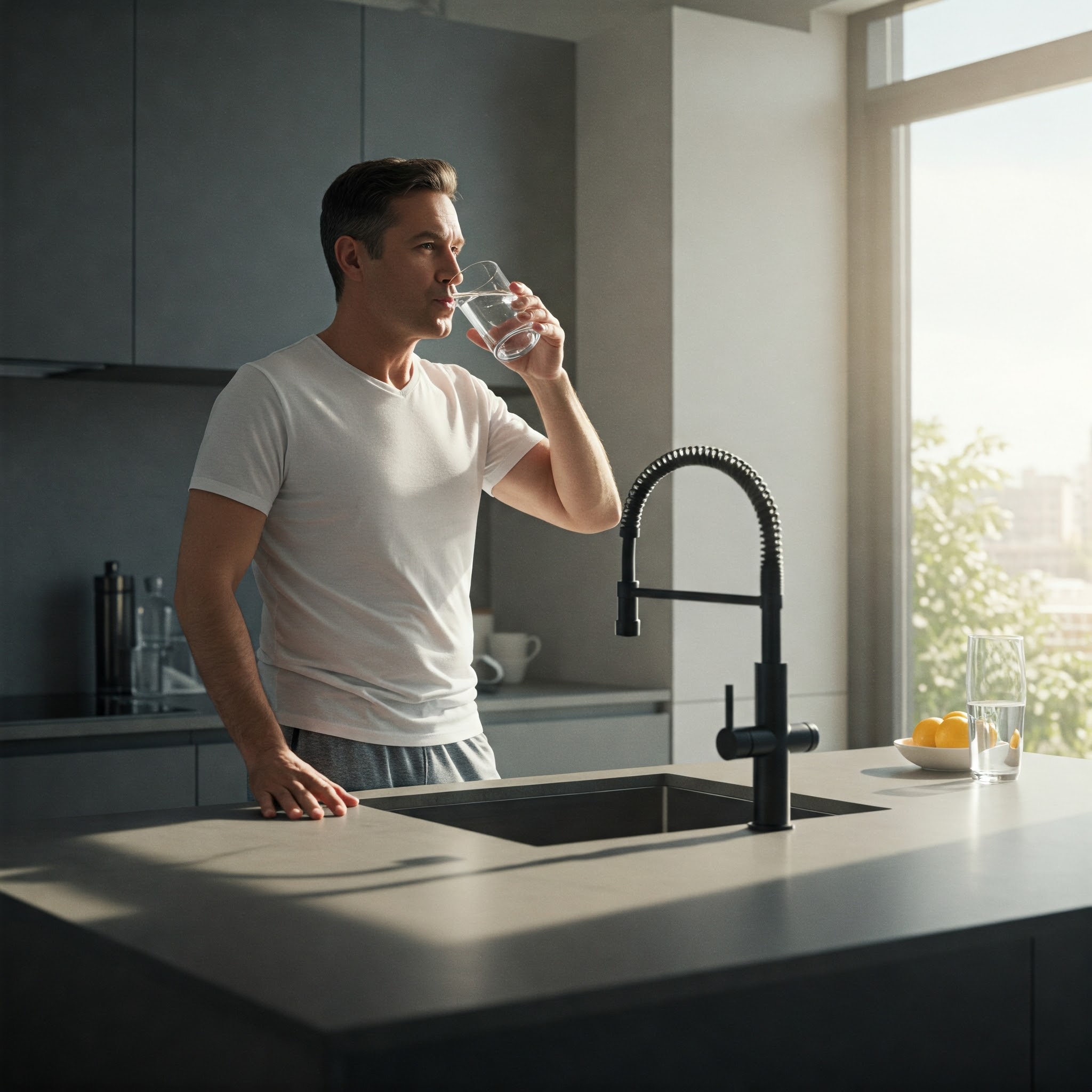
Conserve Water
Help protect NYC’s water system by conserving water. The city experienced unprecedented drought conditions in 2024, leading to drought warnings. Fix leaks promptly, use water-efficient appliances, and follow the city’s conservation guidance during drought conditions.
Quality News About Your Water
Get the comprehensive water quality news coverage you need with our dedicated US Water News Service. From coast to coast, we deliver in-depth reporting and expert analysis on PFAS contamination, EPA regulatory changes, infrastructure developments, and emerging water safety issues affecting communities nationwide. While mainstream media only covers the biggest stories, we provide the detailed, ongoing coverage that helps you understand the full scope of America’s water challenges. Whether you’re a concerned citizen, water professional, or community leader, our daily updates and analytical insights keep you informed about the issues that matter most to public health and environmental safety.
Frequently Asked Questions
Why doesn’t NYC filter most of its water?
New York City is one of only five large cities in the United States with a surface water supply that does not require filtration. This is possible because of the exceptional quality of the source water from the Catskill and Delaware watersheds and the city’s comprehensive watershed protection program, which costs about $100 million annually. The EPA has granted NYC a Filtration Avoidance Determination, which saves the city billions in infrastructure costs while still ensuring safe drinking water. The water does receive disinfection through chlorination and UV treatment at the world’s largest UV facility.
Does NYC water contain PFAS or “forever chemicals”?
NYC’s main water supply from the Catskill/Delaware system shows no detectable levels of PFAS at critical monitoring locations like Kensico Reservoir and distribution entry points. However, the smaller Croton System has detected PFAS in 2021 and 2024 at levels well below state and federal limits. This is remarkable considering that nationwide, 1.3 million New Yorkers are served by water systems with PFAS contamination. NYC’s Department of Environmental Protection continues proactive monitoring despite meeting all current federal standards.
Should NYC residents worry about lead in their water?
NYC’s water distribution system does not have lead service lines or lead mains. However, homes built before 1961 may have lead service lines, and buildings constructed before 1987 may have lead in their internal plumbing. In 2024, 16 out of 335 residential tap samples exceeded the lead action level. The city treats water with orthophosphate to prevent lead leaching and offers a free Lead Service Line Replacement Program for eligible properties. Always run your tap until the water is cold before using it for drinking or cooking, especially after long periods of non-use.
Why does NYC water taste different sometimes?
The taste of NYC tap water can vary depending on which reservoir system is supplying your neighborhood. Water from the Catskill/Delaware system (92.7% of supply) and the Croton system (7.3% of supply) can taste different due to variations in geology, soil conditions, and naturally occurring minerals in their respective watersheds. Additionally, during maintenance, drought conditions, or infrastructure repairs like the current Delaware Aqueduct project, the city may change the proportion of water from each system. These variations are normal and do not indicate safety concerns.
Please read – our information
The information presented on cleanairandwater.net is compiled from official water quality reports, trusted news sources, government websites, and public health resources. While we strive for accuracy and thoroughness in our presentations, we are not scientists, engineers, or qualified water quality professionals.
Our mission is to present water quality information in an accessible, real-world format that helps people understand what’s in their water and make informed decisions about their health and safety. We believe that complex environmental information should be available to everyone in a format that’s easy to understand.
We make every effort to ensure our content is current and accurate, but we cannot guarantee that all information is complete or error-free. This website should not replace official communications from your local water utility or health department. We always recommend consulting official sources for the most up-to-date information regarding your specific water system.
Clean Air and Water is not liable for any unintentional errors, omissions, or outdated information. The content on this site is provided for informational purposes only and should not be considered professional advice.
